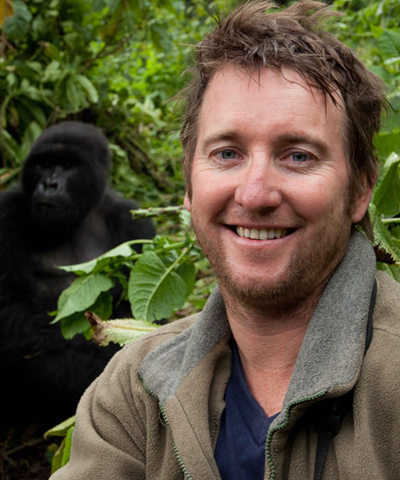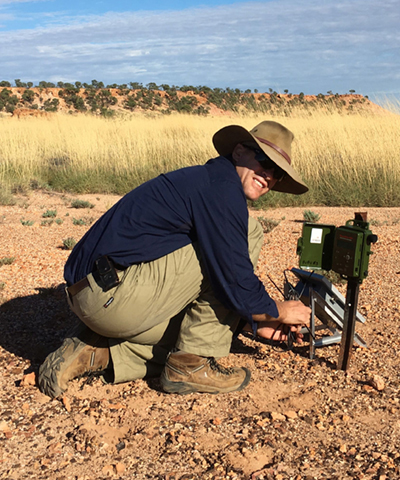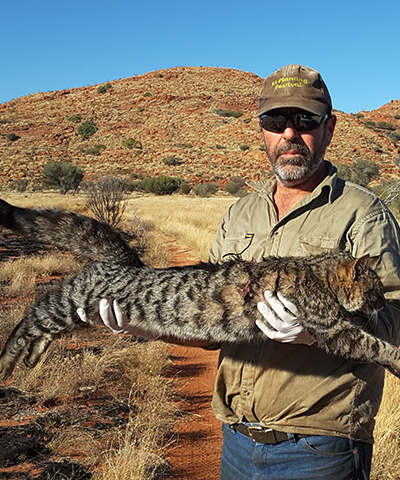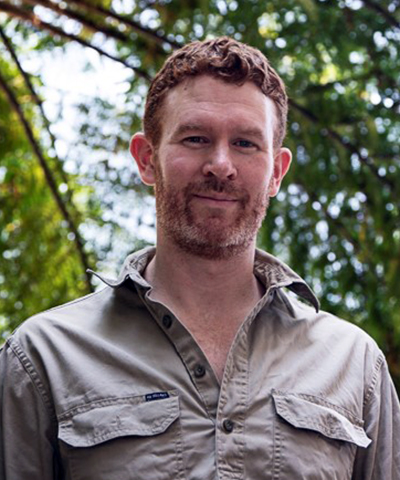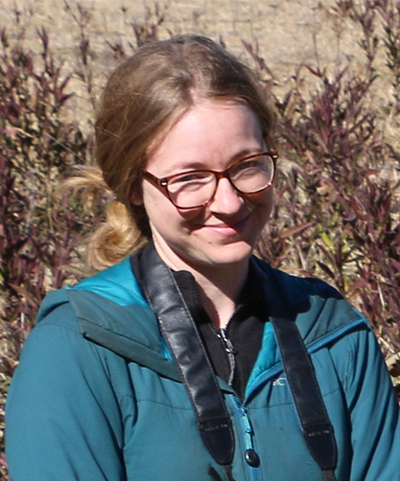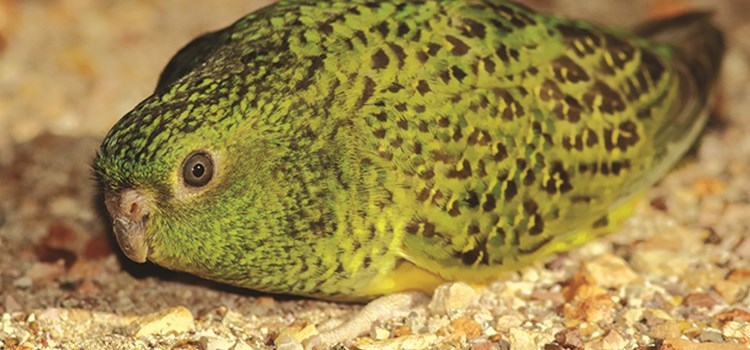
Project: 1.1.11
Managing feral cats to benefit the night parrot
Project Leaders: James Watson , Richard Fuller
Research in Brief
Predation by the introduced feral cat has been highlighted as a key potential threat to the Endangered night parrot. However, in the remote settings where night parrot populations have recently been rediscovered, such as Bush Heritage’s Pullen Pullen Reserve, land managers have not yet developed effective strategies to deal with the cat threat.
This project will directly assess the ranging behaviour, distribution and diet of feral cats at Pullen Pullen Reserve in order to increase our understanding of their spatial dynamics, habitat and prey preferences. A complementary study at Bush Heritage Australia’s Ethabuka Reserve will examine if the presence of carcasses influences dingo and subsequently feral predator scavenging behaviour and whether that in turn has flow on effects to predation rates on ground nesting birds, such as the night parrot.
Why is the research needed?
Predation by the introduced feral cat has been highlighted as a key potential threat to the night parrot. However, in the remote settings where night parrot populations have been rediscovered in Queensland, land managers have not yet developed an effective strategy to deal with the cat threat.
There is also scant information regarding cat ecology in the region (movements and foraging strategies), and little known about the scavenging behaviours of cats and how they interact with other wildlife including large apex predators (e.g. the dingo). That is, there is virtually nothing known about the spatial ecology of cats, and whether they change their hunting strategies or prey preferences in different habitat types.
This project will examine the spatial ecology of cats using a combination of new technology that is now available to researchers. Unless we understand the relative threat of cats to night parrots and the population and movement ecology of cats in night parrot habitat, management will be based on guesswork, and be ineffective.
How will the research help?
This research will directly assess the ranging behaviour, distribution and diet of feral cats in order to increase our understanding of their spatial dynamics, habitat and prey preferences. It will also examine how the cat interacts with other predators including the dingo around carcass resources.
Specifically, this project seeks to answer the following questions:
- What are the habitat preferences of cats at the night parrot site; are they really intermittent visitors to night parrot habitats from timbered drainages and sandhills?
- What is the diet of cats at the night parrot site, how does it differ from the diet of dingoes, and how does the availability of prey (i.e., kangaroos, small mammals, birds and reptiles) influence cat diets?
- What is the predatory behaviour of cats at the night parrot site.
- How does carrion in the landscape influence the dynamics of cats and dingos and their impacts on ground dwelling threatened species.
What research activities are being undertaken?
Preliminary analyses suggest that cats only intermittently visit night parrot habitats in Pullen Pullen, and that cats are typically at low densities in night parrot habitats that are away from drainage systems and sandhills. This project will test the hypothesis that cats are not necessarily a high threat to night parrots by examining the foraging ecology of cats using a combination of new technology available to researchers.
1. Habitat preferences of cats will be assessed by establishing a camera trapping web throughout Pullen Pullen Reserve. Reconyx hyperfire cameras will be stratified across different habitats approximately 1 km apart along animal trails or roads. The cameras will record the broad-scale activity of cats to allow an assessment of (i) habitat use, (ii) habitat preferences, and (iii) key periods of activity. The cameras will be set to take photos continuously for at least two years.
2. The diet of both cats and dingoes will be assessed by systematically collecting scats throughout Pullen Pullen Reserve three times per year, for at least two years. Bones, hairs, and other animal material in each scat will be identified to species level to provide detailed information on dietary preferences. Traps will be opened three times per year (at the same time as the scat collections) for four consecutive days. The scat data and prey availability data will be used to examine whether cats and dingoes target specific prey irrespective of abundance.
3. Predatory behaviour of cats will be examined in more detail using GPS collars. Rather than trap and release cats in core night parrot habitats – which is ethically questionable given predation risks, and inherently difficult given the low densities of cats – cats will trapped and collared in habitats suspected to support cats (i.e. drainage and sandhill systems), from where they might be making intermittent movements into core night parrot habitats.
4. Interactions between ground nesting birds, dingos and carrion will be investigated by deploying and monitoring carcasses and artificial night parrot and quail nests. To avoid unintended impacts to night parrots, the trial location is at Ethabuka Reserve away from areas where night parrots have been detected, but contains similar habitat.
Who is involved?
The cat research is a collaboration between researchers from The University of Queensland and Bush Heritage Australia. The carrion study is a collaboration between researchers from the University of Sydney and Bush Heritage Australia.
Where is the research happening?
The investigation of cat habitat preferences, diet and predatory behaviour will be conducted on the Bush Heritage Australia Pullen Pullen Reserve over an area of approximately 56,000 ha. Night parrots are known to occur on Pullen Pullen Reserve, and the study will not increase or exacerbate any known threats to this endangered bird population.
The carrion study will be conducted on the Bush Heritage Australia Ethabuka Reserve. Night parrots are not known to occur at Ethabuka so there is no potential for unintended impacts to the species.
Most of the cat tracking work will be done on Mt Windsor station, which neighbours Pullen Pullen. We acknowledge the support of Alistair McDonald.
When is the research happening?
The project will run for three years from 2017 to 2020.
Further Information
For more information please contact:
James Watson james.watson@uq.edu.au
Steve Murphy smurphy575@gmail.com
Thomas Newsome thomas.newsome@sydney.edu.au
Stephen Kearney stephen.kearney@uq.edu.au
Top image: This research will enable land mangers to better manage cats in order to benefit night parrots. Credit: Steve Murphy

